Filter by
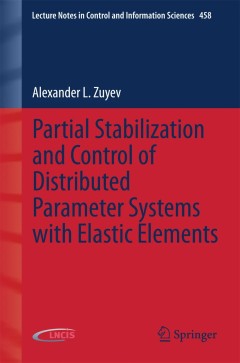
Partial Stabilization and Control of Distributed Parameter Systems with Elast…
This monograph provides a rigorous treatment of problems related to partial asymptotic stability and controllability for models of flexible structures described by coupled nonlinear ordinary and partial differential equations or equations in abstract spaces. The text is self-contained, beginning with some basic results from the theory of continuous semigroups of operators in Banach spaces. The …
- Edition
- -
- ISBN/ISSN
- 978-3-319-11532-0
- Collation
- XIII, 232 halaman
- Series Title
- Lecture Notes in Control and Information Sciences
- Call Number
- 621 ZUY p
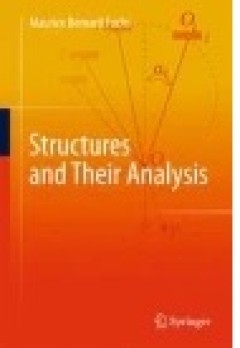
Structures and Their Analysis
Addressing structures, this book presents a classic discipline in a modern setting by combining illustrated examples with insights into the solutions. It is the fruit of the author’s many years of teaching the subject and of just as many years of research into the design of optimal structures. Although intended for an advanced level of instruction it has an undergraduate course at its core. F…
- Edition
- -
- ISBN/ISSN
- 978-3-319-31081-7
- Collation
- XXV, 404
- Series Title
- -
- Call Number
- -

Interoperability and Open-Source Solutions for the Internet of Things: Intern…
This book constitutes the thoroughly refereed post-conference proceedings of the International Workshop on Interoperability and Open-Source Solutions for the Internet of Things, FP7 OpenIot Project, held in Conjunction with SoftCOM 2014, in Split, Croatia, in September 2014. The 11 revised full papers presented together with the extended abstracts of 2 keynote talks were carefully reviewed and…
- Edition
- -
- ISBN/ISSN
- 978-3-319-16546-2
- Collation
- -
- Series Title
- -
- Call Number
- -

Structure-preserving Integrators in Nonlinear Structural Dynamics and Flexibl…
This book focuses on structure-preserving numerical methods for flexible multibody dynamics, including nonlinear elastodynamics and geometrically exact models for beams and shells. It also deals with the newly emerging class of variational integrators as well as Lie-group integrators. It discusses two alternative approaches to the discretization in space of nonlinear beams and shells. Firstly, …
- Edition
- -
- ISBN/ISSN
- 978-3-319-31879-0
- Collation
- VII, 291
- Series Title
- CISM International Centre for Mechanical Sciences
- Call Number
- -
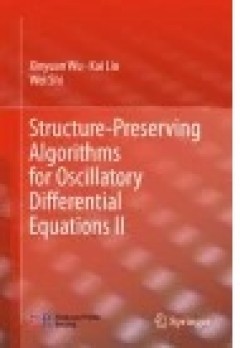
Structure-Preserving Algorithms for Oscillatory Differential Equations II
This book describes a variety of highly effective and efficient structure-preserving algorithms for second-order oscillatory differential equations. Such systems arise in many branches of science and engineering, and the examples in the book include systems from quantum physics, celestial mechanics and electronics. To accurately simulate the true behavior of such systems, a numerical algorithm …
- Edition
- -
- ISBN/ISSN
- 978-3-662-48156-1
- Collation
- XV, 298
- Series Title
- -
- Call Number
- -
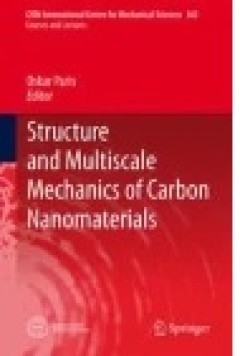
Structure and Multiscale Mechanics of Carbon Nanomaterials
This book provides a broad overview on the relationship between structure and mechanical properties of carbon nanomaterials from world-leading scientists in the field. The main aim is to get an in-depth understanding of the broad range of mechanical properties of carbon materials based on their unique nanostructure and on defects of several types and at different length scales. Besides experime…
- Edition
- -
- ISBN/ISSN
- 978-3-7091-1887-0
- Collation
- VII, 226
- Series Title
- -
- Call Number
- -

Internet Addiction: Neuroscientific Approaches and Therapeutical Interventions
This work is subject to copyright. All rights are reserved by the Publisher, whether the whole or part of the material is concerned, specifically the rights of translation, reprinting, reuse of illustrations, recitation, broadcasting, reproduction on microfilms or in any other physical way, and transmission or information storage and retrieval, electronic adaptation, computer software, or by…
- Edition
- -
- ISBN/ISSN
- 978-3-319-07242-5
- Collation
- -
- Series Title
- -
- Call Number
- -
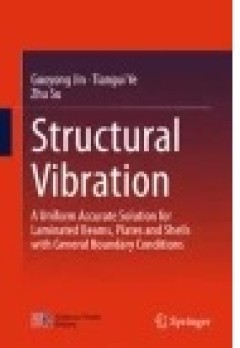
Structural Vibration
This book develops a uniform accurate method which is capable of dealing with vibrations of laminated beams, plates and shells with arbitrary boundary conditions including classical boundaries, elastic supports and their combinations. It also provides numerous solutions for various configurations including various boundary conditions, laminated schemes, geometry and material parameters, which f…
- Edition
- -
- ISBN/ISSN
- 978-3-662-46364-2
- Collation
- -
- Series Title
- -
- Call Number
- -

Structural Processing for Wireless Communications
This brief presents an alternative viewpoint on processing technology for wireless communications based on recent research advances. As a lever in emerging processing technology, the structure perspective addresses the complexity and uncertainty issues found in current wireless applications. Likewise, this brief aims at providing a new prospective to the development of communication technology …
- Edition
- -
- ISBN/ISSN
- 978-3-319-15711-5
- Collation
- -
- Series Title
- -
- Call Number
- -
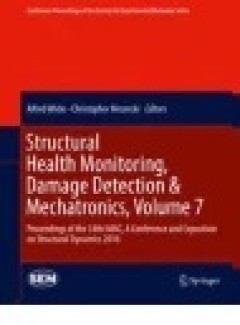
Structural Health Monitoring, Damage Detection & Mechatronics, Volume 7
Structural Health Monitoring, Damage Detection & Mechatronics, Volume 7. Proceedings of the 34th IMAC, A Conference and Exposition on Dynamics of Multiphysical Systems: From Active Materials to Vibroacoustics, 2016, the seventh volume of ten from the Conference brings together contributions to this important area of research and engineering. The collection presents early fi ndings and case stud…
- Edition
- -
- ISBN/ISSN
- 978-3-319-29956-3
- Collation
- -
- Series Title
- -
- Call Number
- -
 Computer Science, Information & General Works
Computer Science, Information & General Works  Philosophy & Psychology
Philosophy & Psychology  Religion
Religion  Social Sciences
Social Sciences  Language
Language  Pure Science
Pure Science  Applied Sciences
Applied Sciences  Art & Recreation
Art & Recreation  Literature
Literature  History & Geography
History & Geography